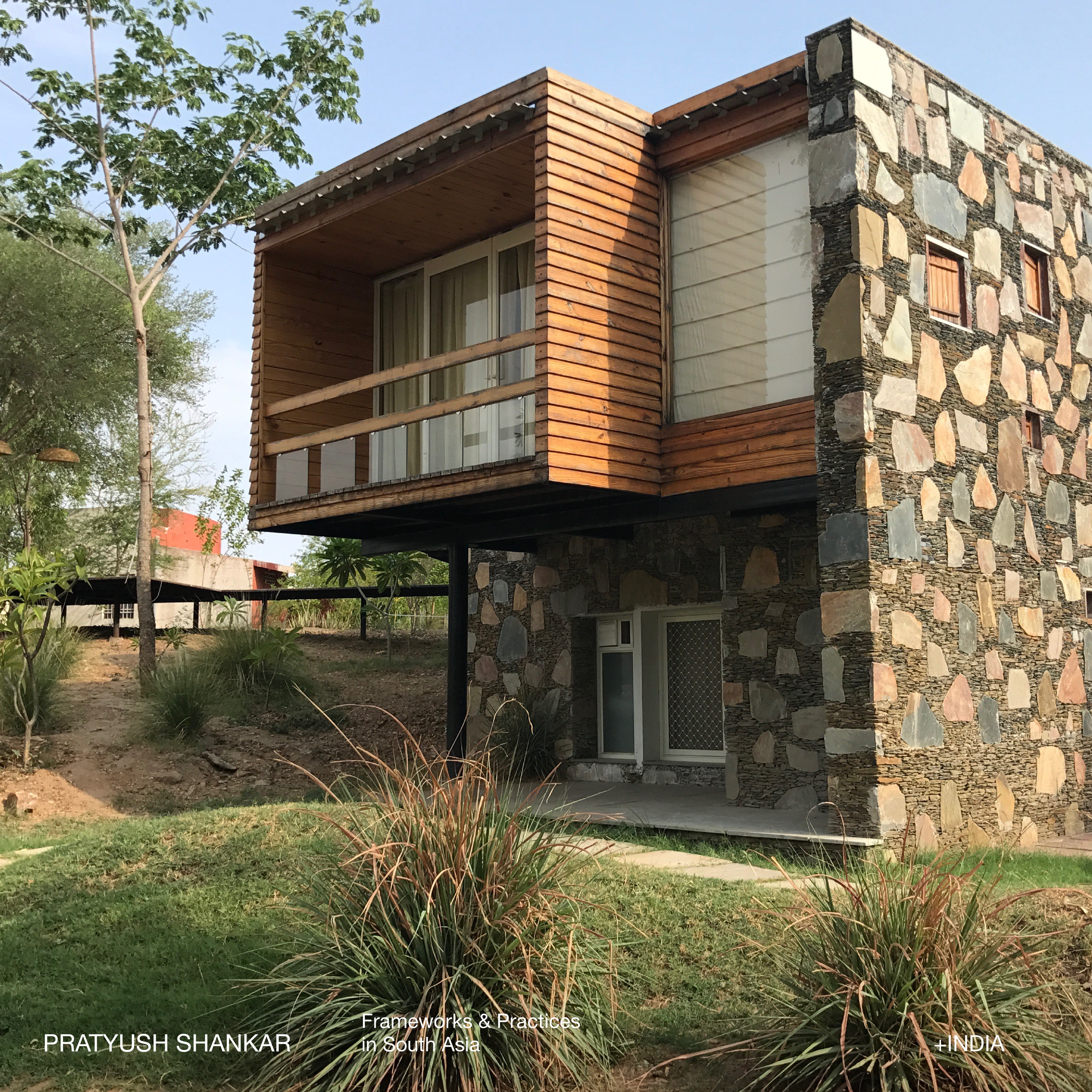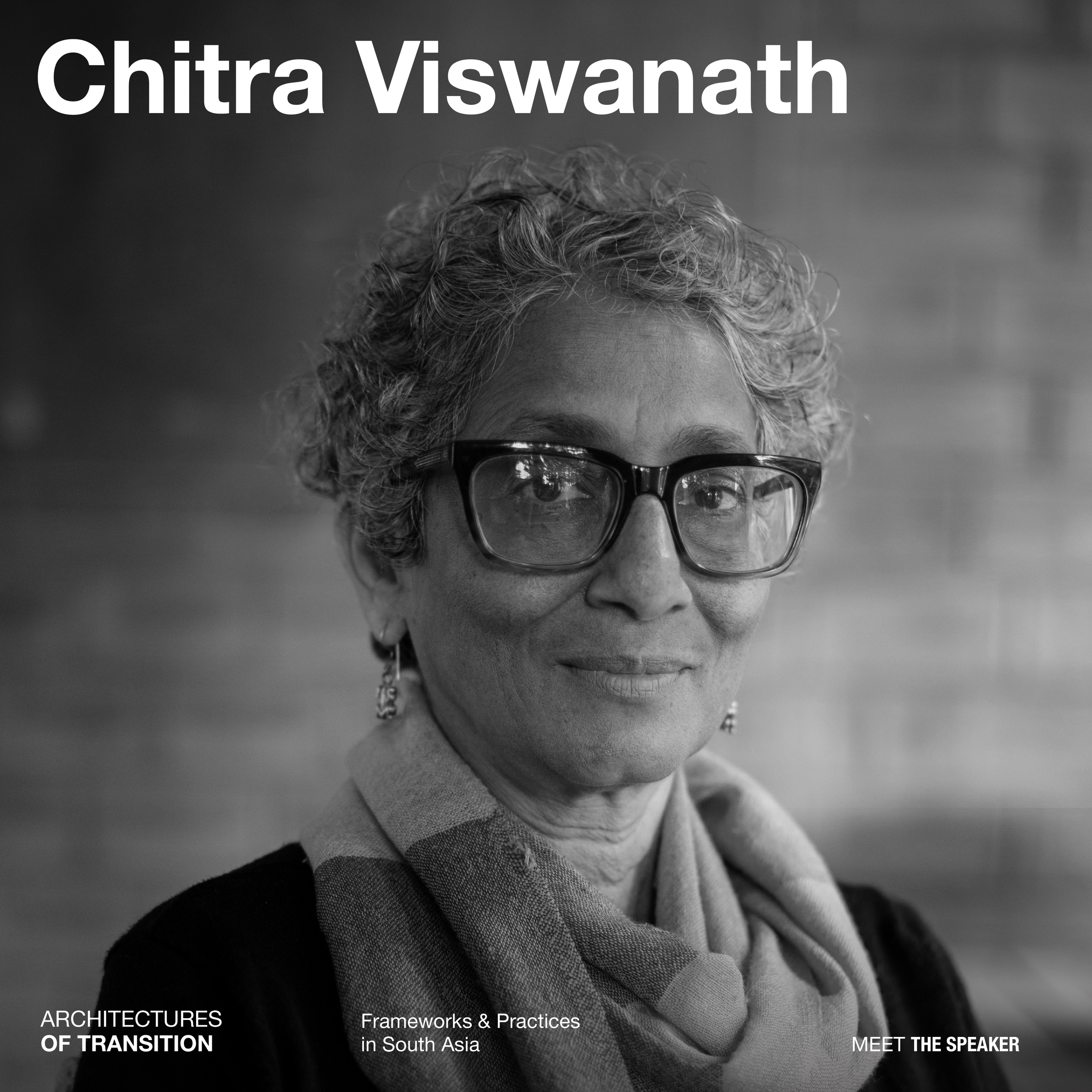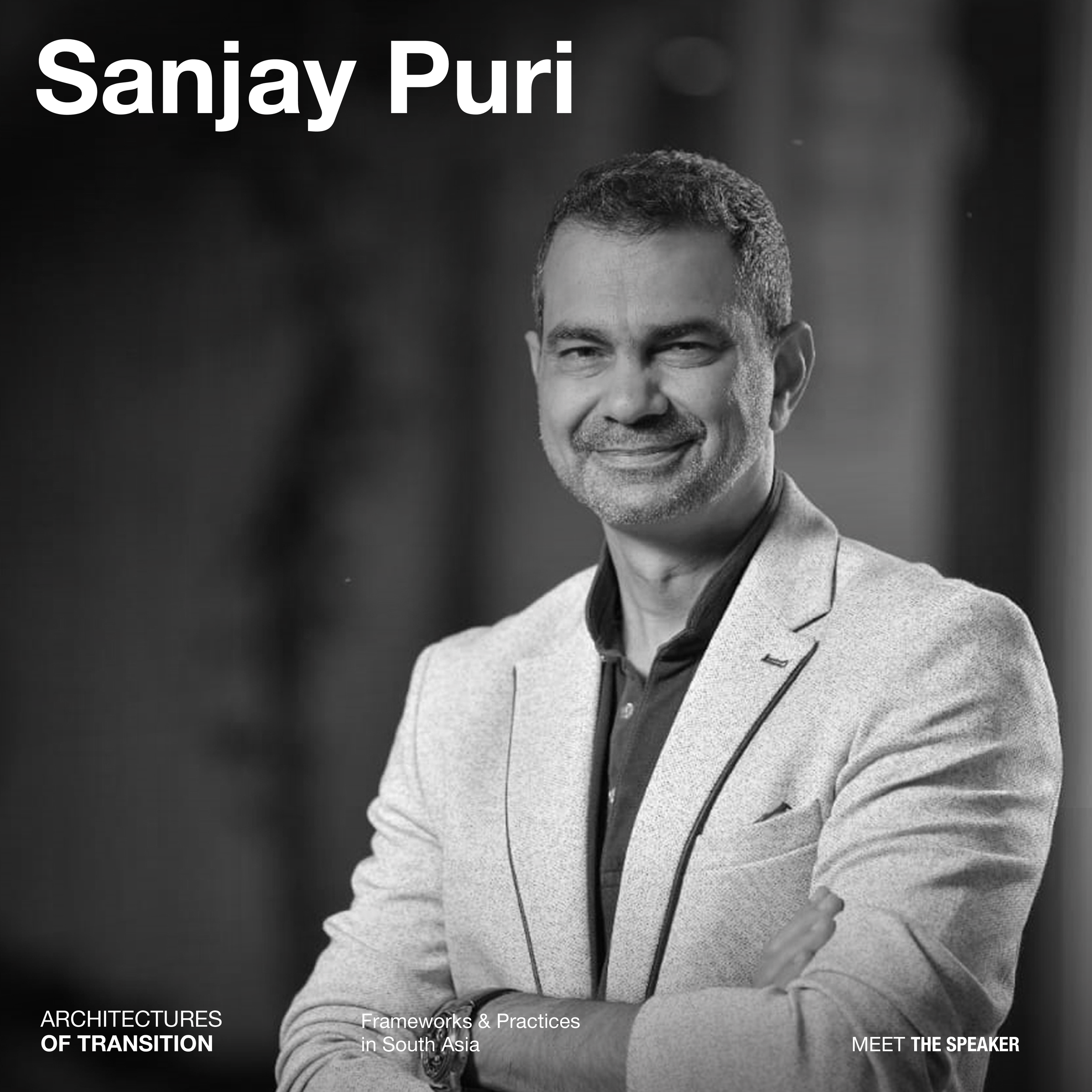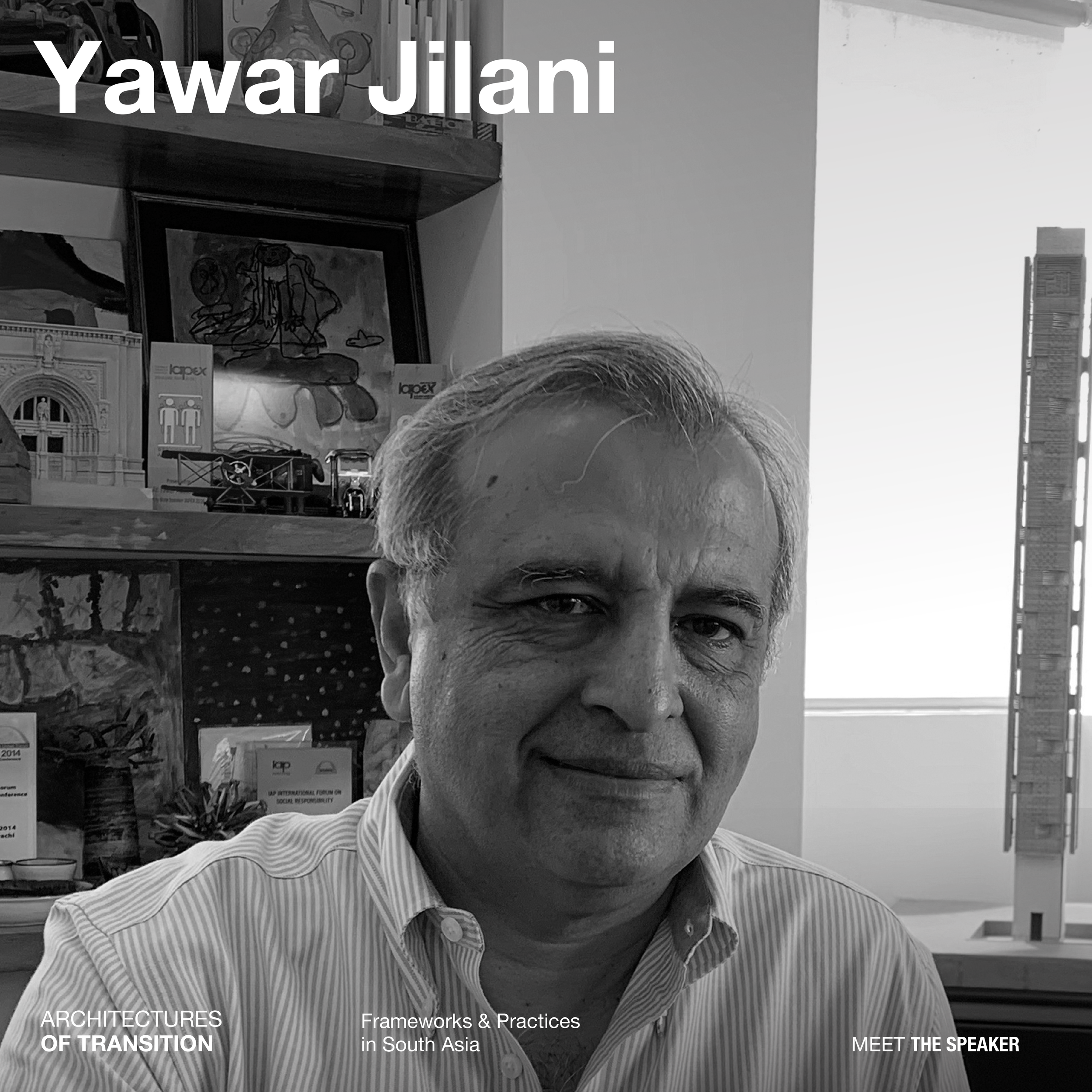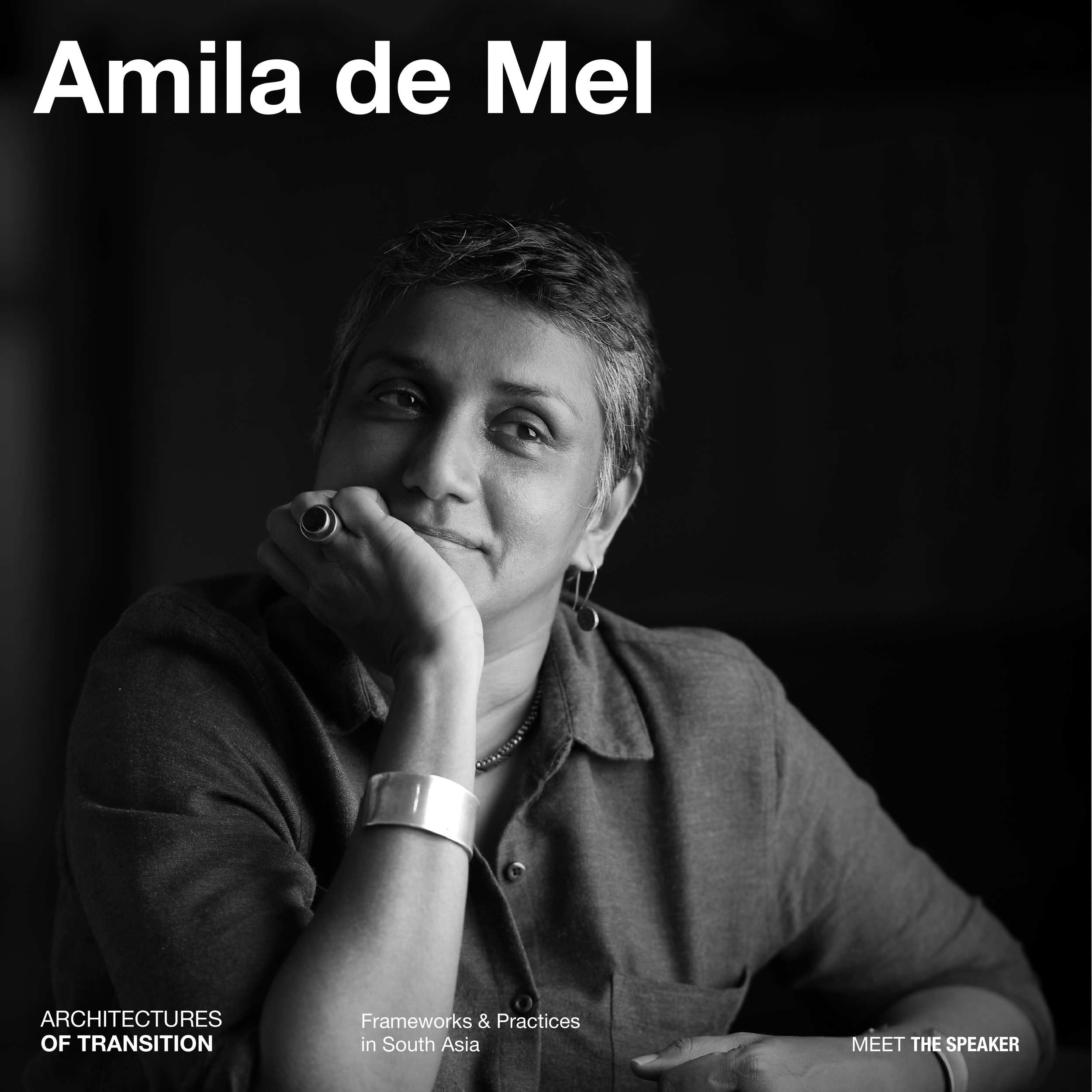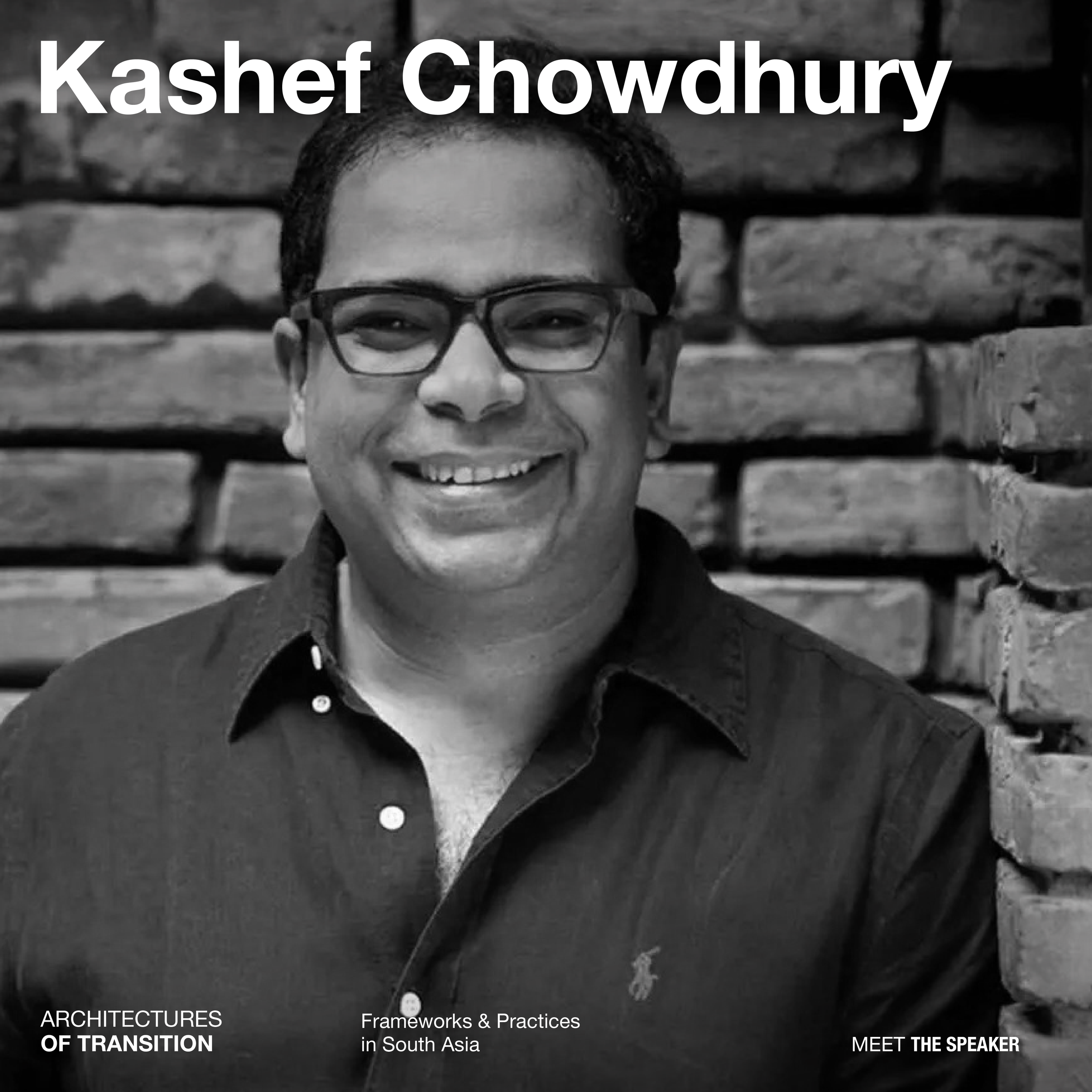Positioning Practice | Shifting the Mainstream
There are an increasing number of practices in South Asia that use architecture instrumentally to shift thinking within the mainstream. Be it with developers who reimagine what large-scale development might mean or with the State to rethink what architectural possibilities exist in terms of identity construction. They demonstrate the power of reimagining programme, material, economics, construction protocols, and form simultaneously. Shifting the mainstream might finally be a potent aspiration to make real change.
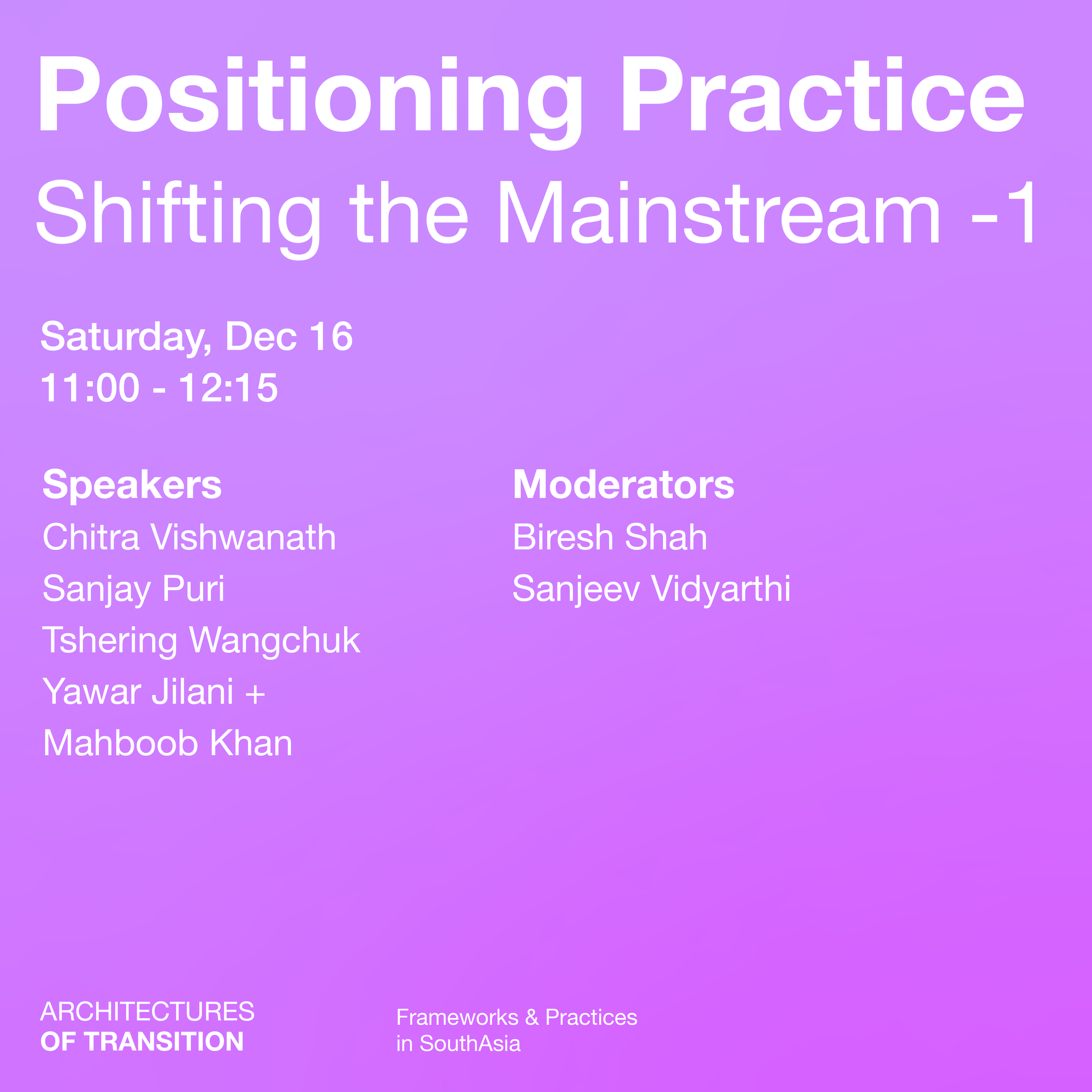
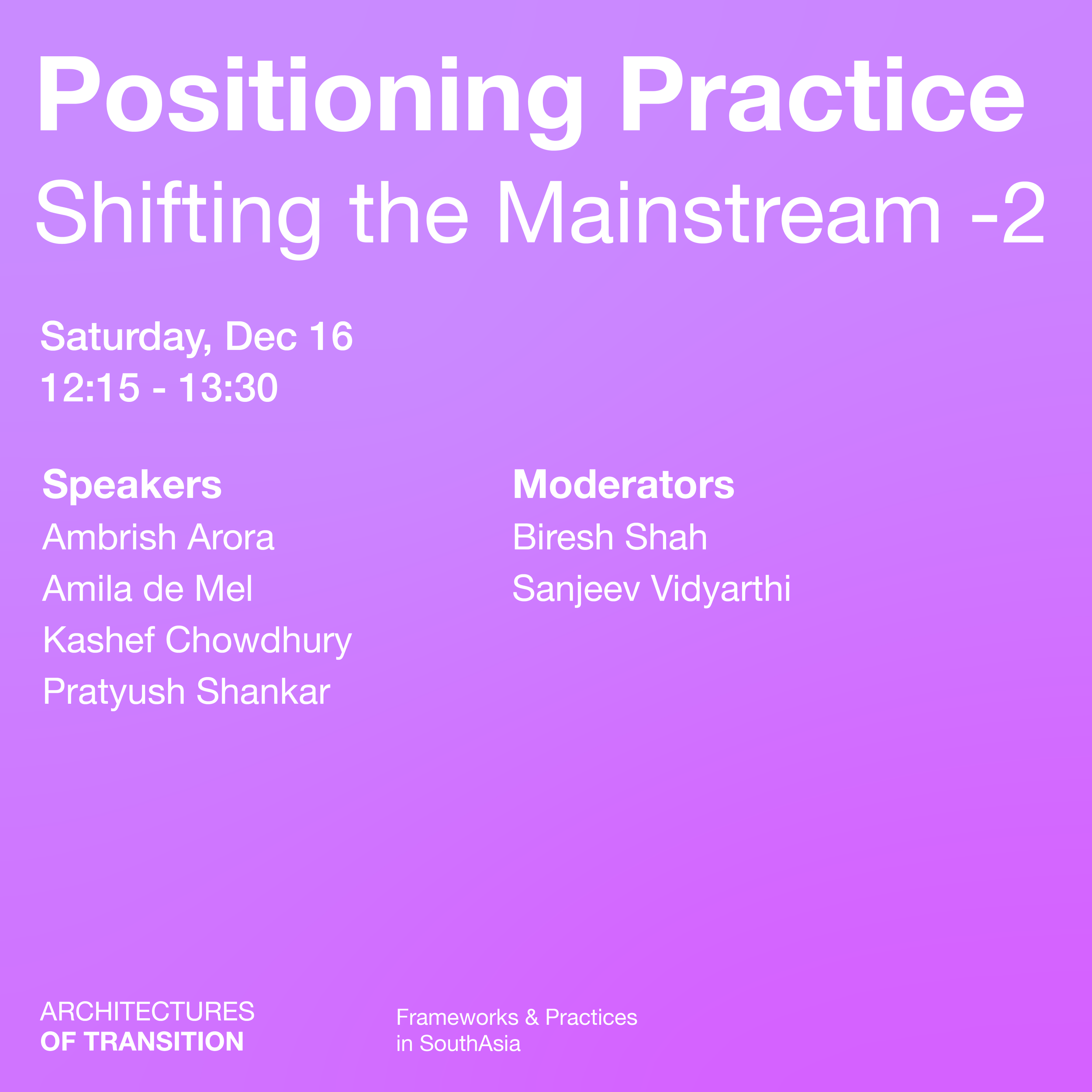
Chitra is the original creator and managing director of Biome Environmental Solutions (www.biome-solutions.com), a diverse team of 30 professionals engaged in the realm of ecological architecture and innovative water and waste solutions located in Bangalore, India. Chitra's involvement in education and design workshops is notable. She orchestrated a design workshop at Archiprix 2017 in CEPT Ahmedabad and held the Charles Correa Academic chair at Goa College of Architecture in 2018. Presently, she serves as a design mentor at NITTE Mangalore since 2019.
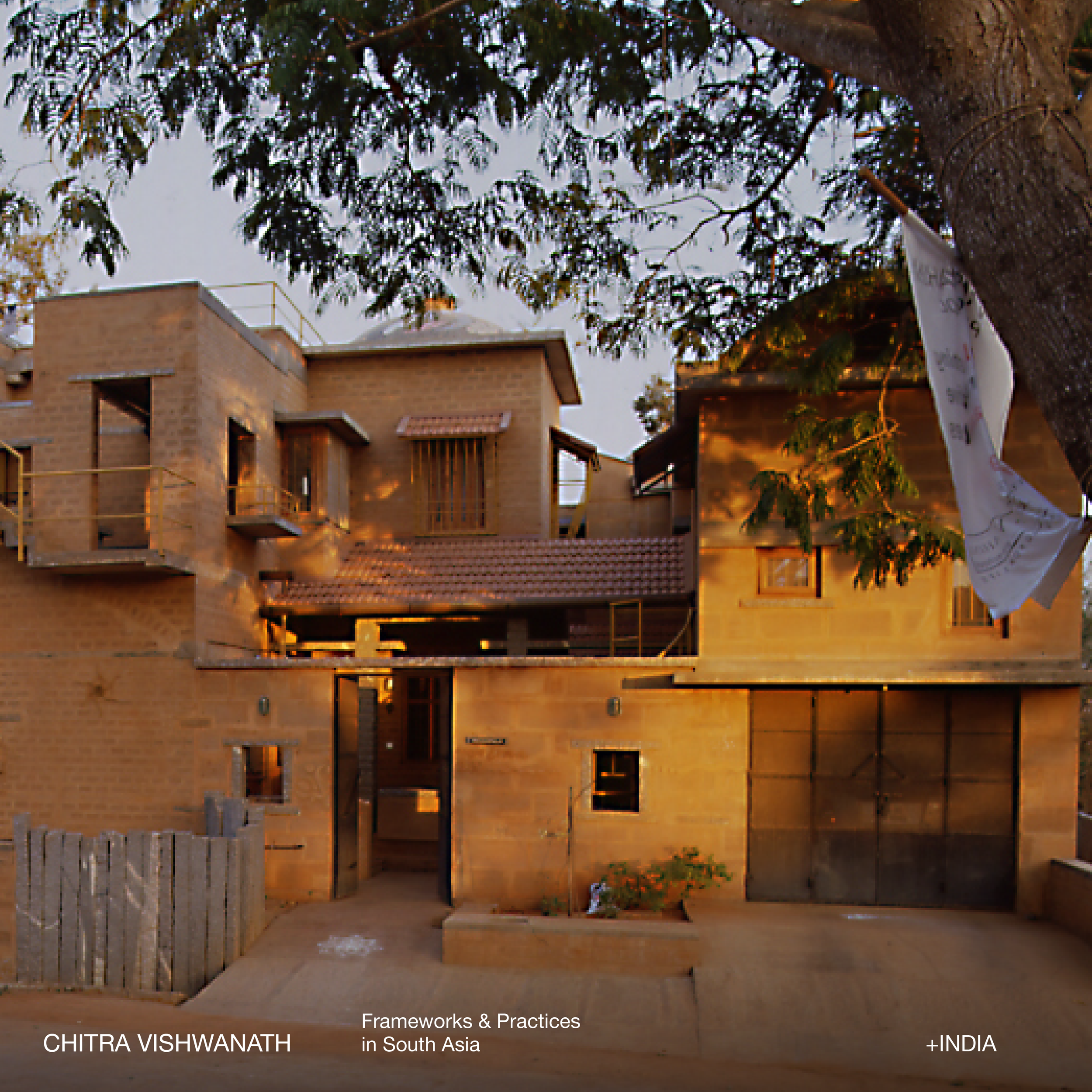
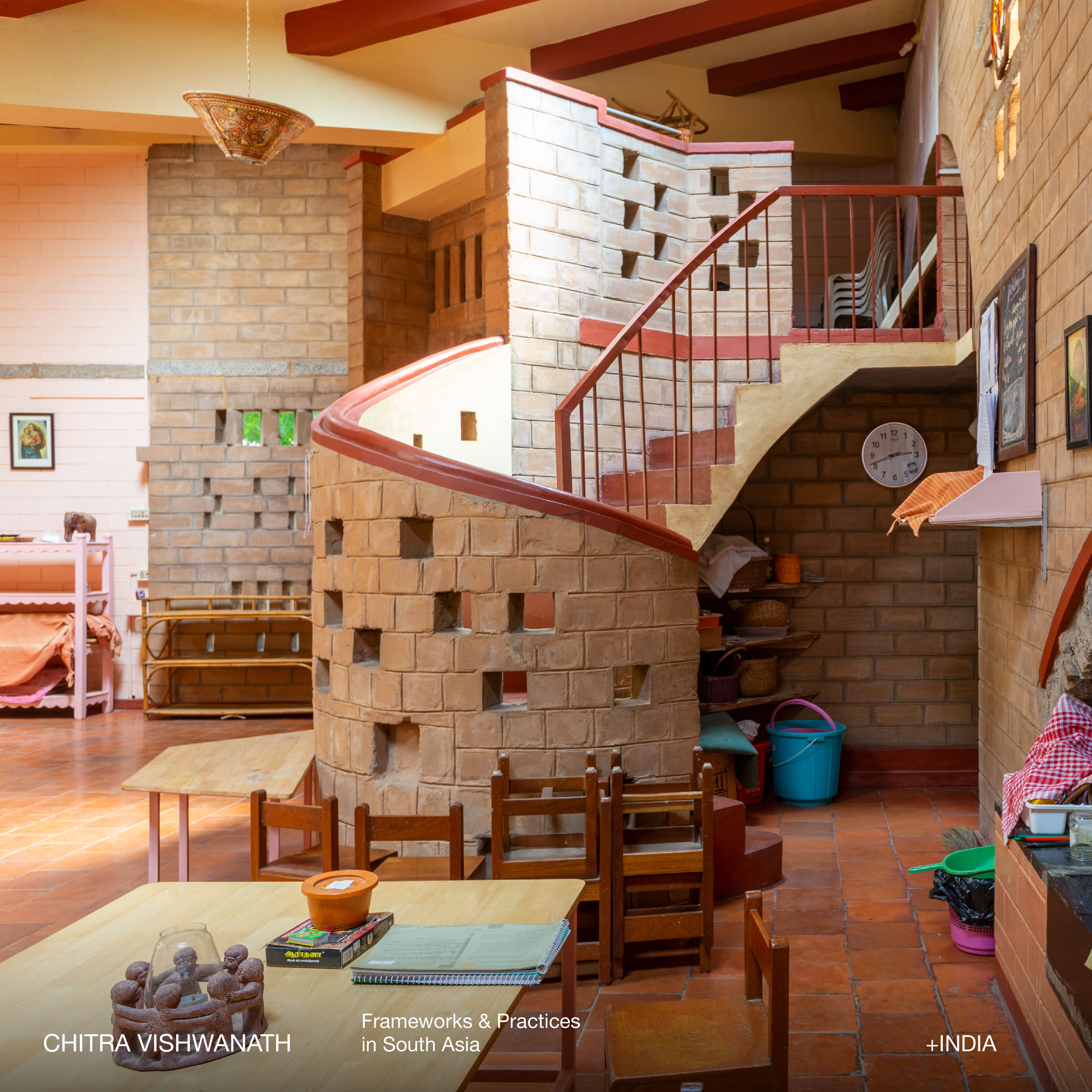

Sanjay Puri Architects have been listed in Archdaily’s list of Top 100 architects worldwide and in the WA UK top 100 architectural firms as well as the Architizer New York’s top 130 architecture firms in the world. The firm with founding partners Sanjay Puri & Nina Puri have won architectural projects in Australia, Spain, Montenegro, UAE, Oman & Dallas and are currently involved in the design of projects in 36 Indian cities. With a current firm strength of 90, evolving design solutions that are contextual and sustainable and creating spaces that explore spatial perceptions, with new design directions forms the essence of the firm’s design philosophy.
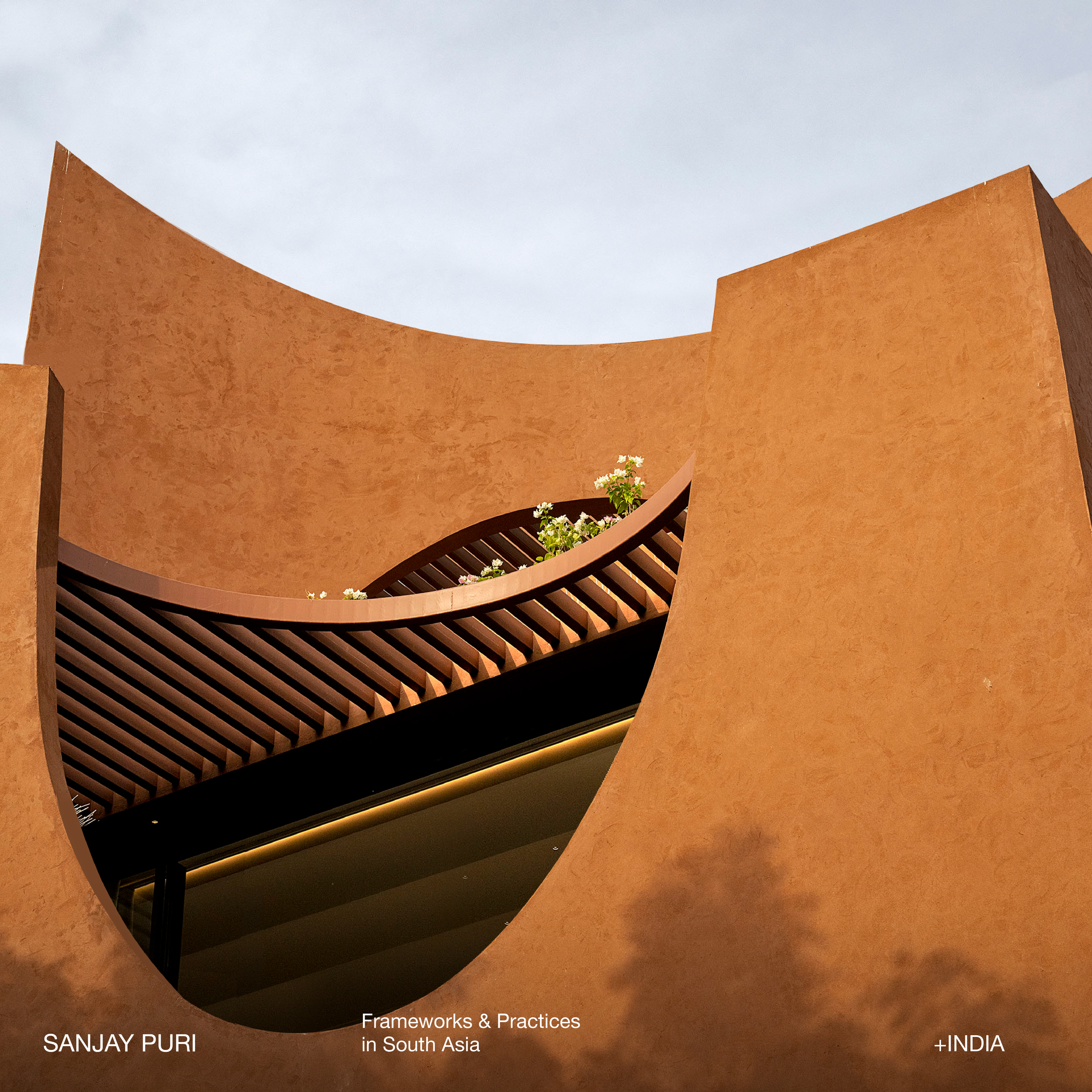
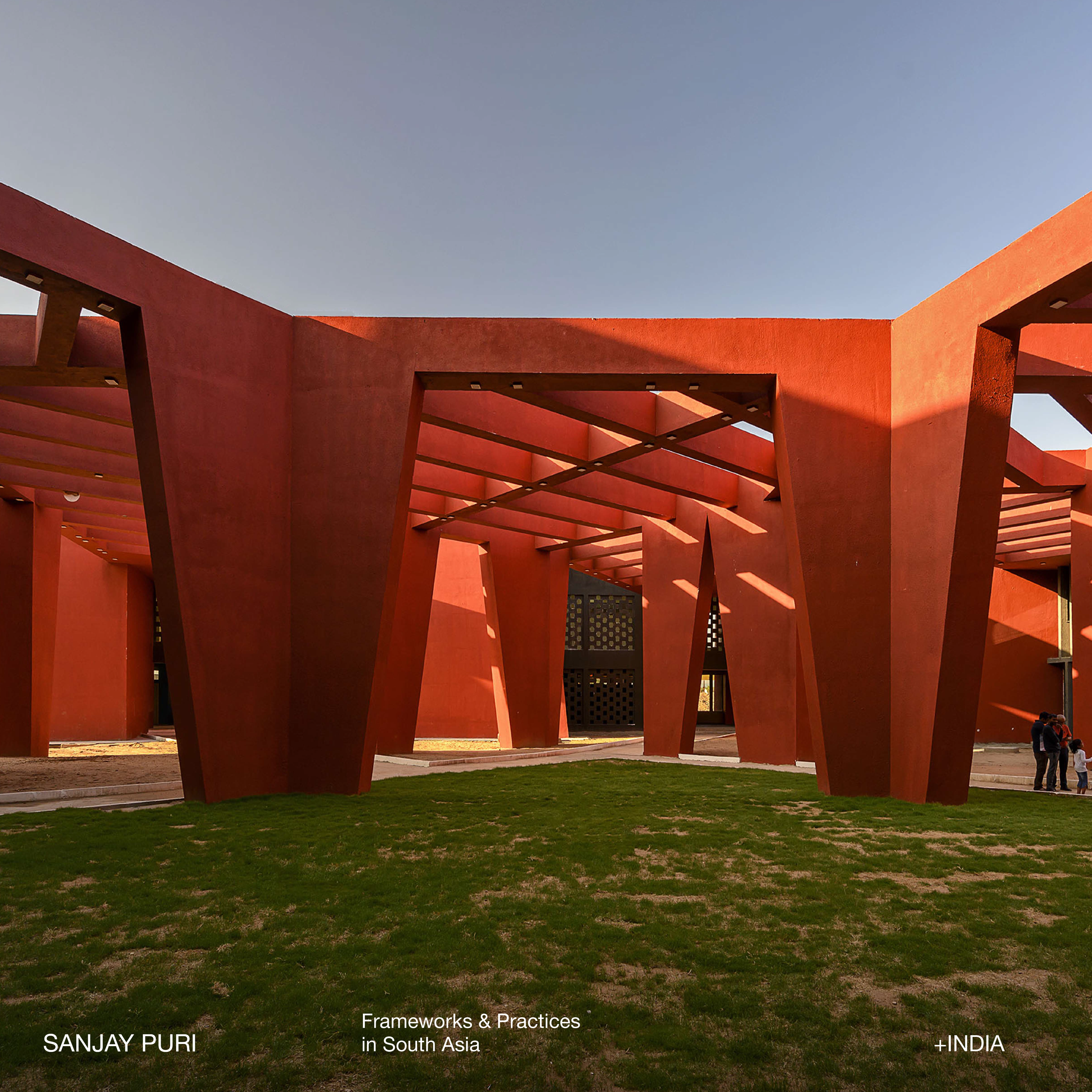
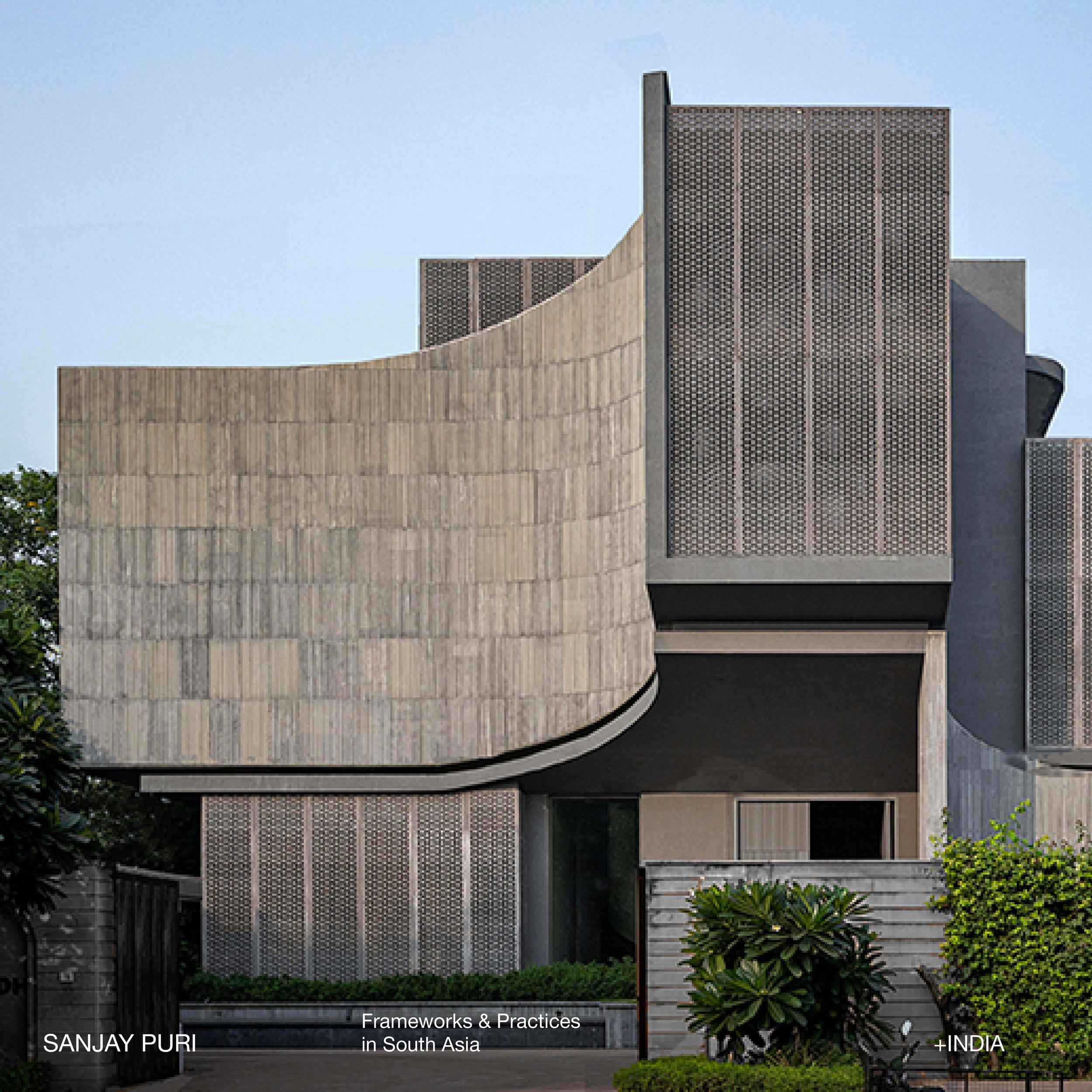
With over 18 years of professional experience, Tshering is currently serving as the CEO/ Principal Architect at Druk Norzang Pvt Ltd, a design and build company in Bhutan dedicated to providing comprehensive solutions to a diverse clientele. The company specializes in end-to-end services, encompassing design, project management, and construction. Over the span of 8 years, his company has successfully designed and built an array of projects, including residential bungalows, apartment buildings, monastic renovations and reconstructions, hospitality ventures, commercial developments, and more.
Architect Yawar Jilani is a principal at Arcop-Pakistan, a firm he established with Architect Mahboob Khan, in 1987. Through their Architecture, the firm aspires to develop dialogues between people, context and culture. The practice attempts to translate contextuality through a language of modernity, while exploring local craft traditions, materiality and building techniques. The firm has a diversified portfolio ranging from housing for low-income communities, education, healthcare and institutional projects. Their work, spread over three decades, has earned them international and regional recognition in the way of awards, commissions and publication.
Architect Mahboob Khan is a principal at Arcop-Pakistan, a firm she established with Architect Yawar Jilani, in 1987. Through their Architecture, the firm aspires to develop dialogues between people, context and culture. The practice attempts to translate contextuality through a language of modernity, while exploring local craft traditions, materiality and building techniques. The firm has a diversified portfolio ranging from housing for low-income communities, education, healthcare and institutional projects. Their work, spread over three decades, has earned them international and regional recognition in the way of awards, commissions and publication.
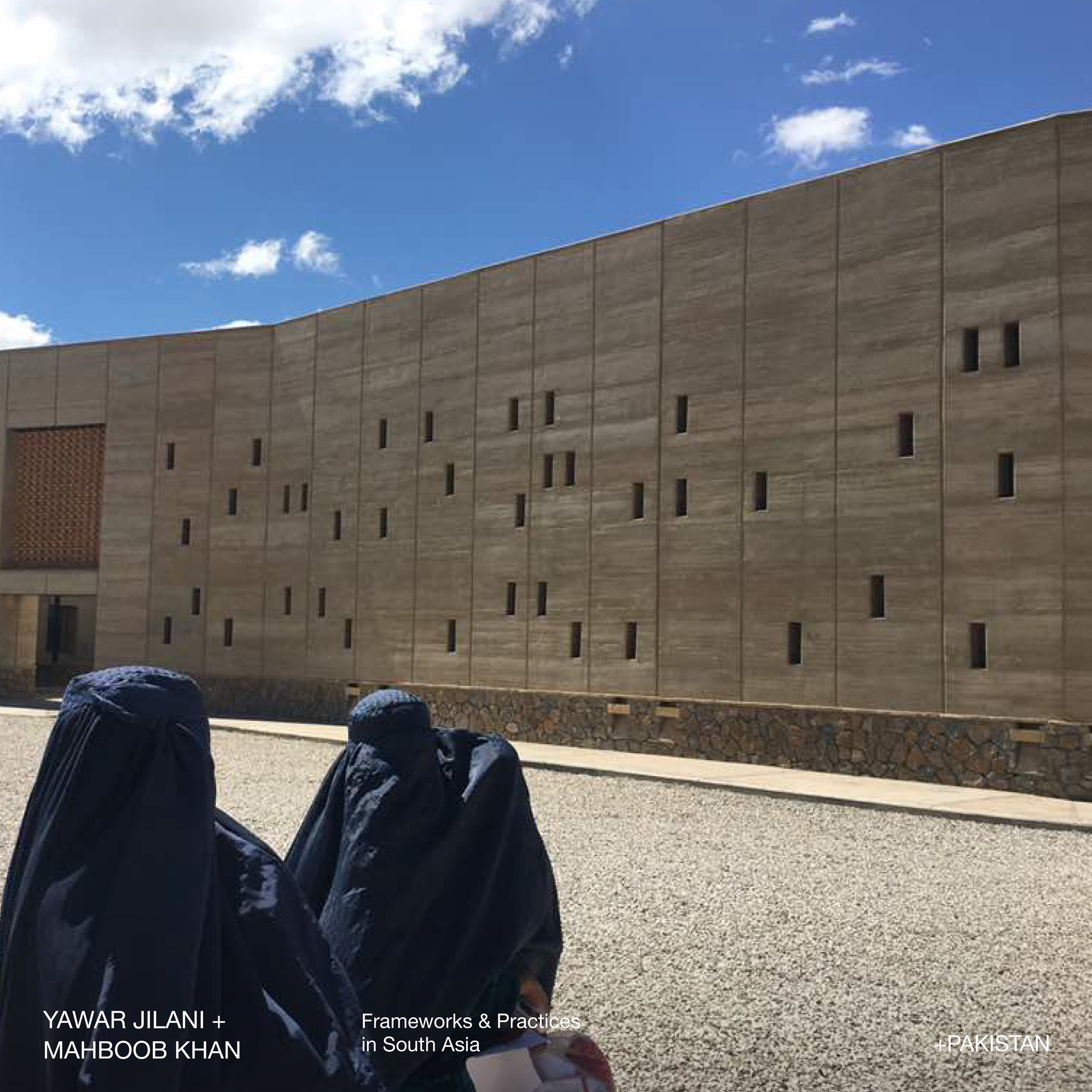
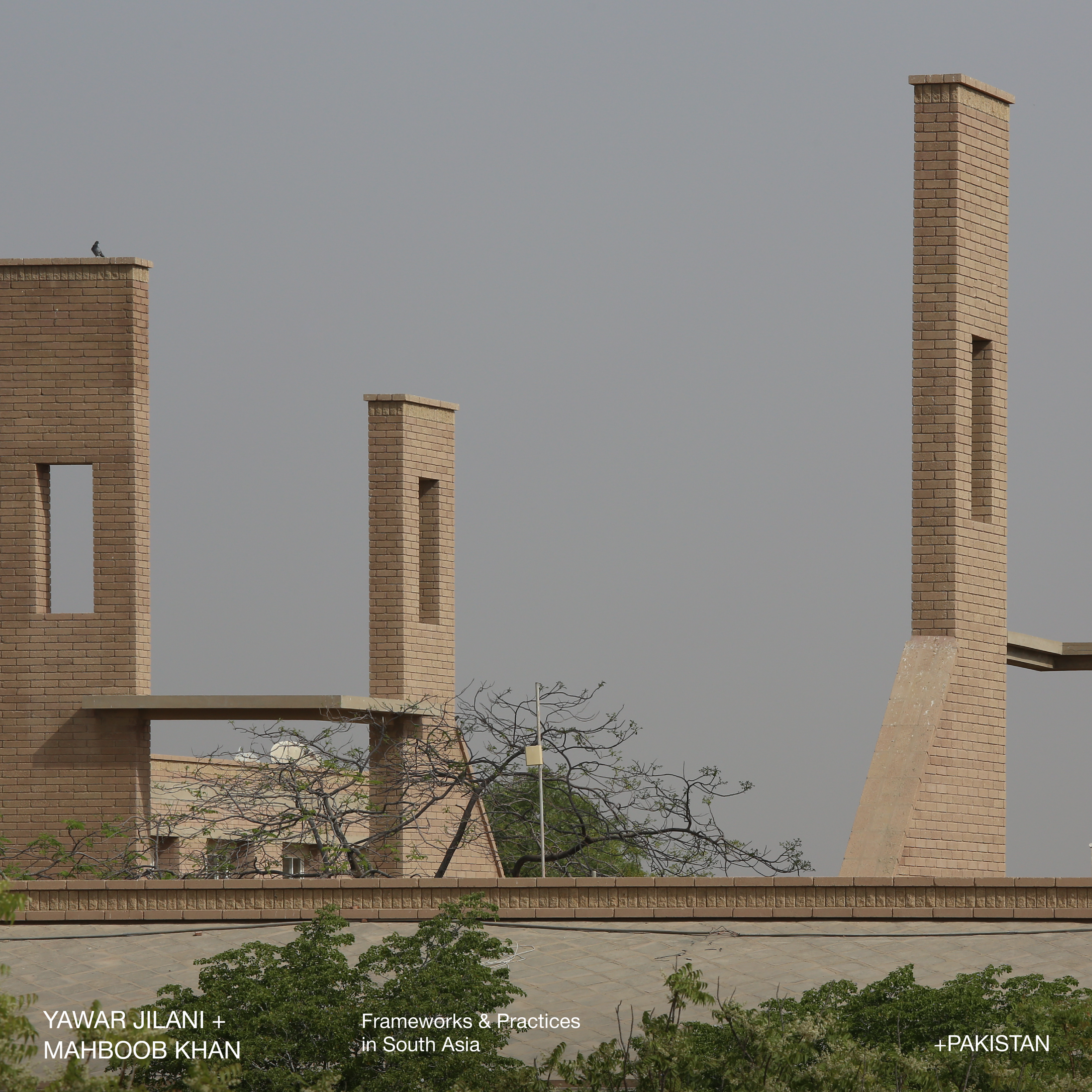
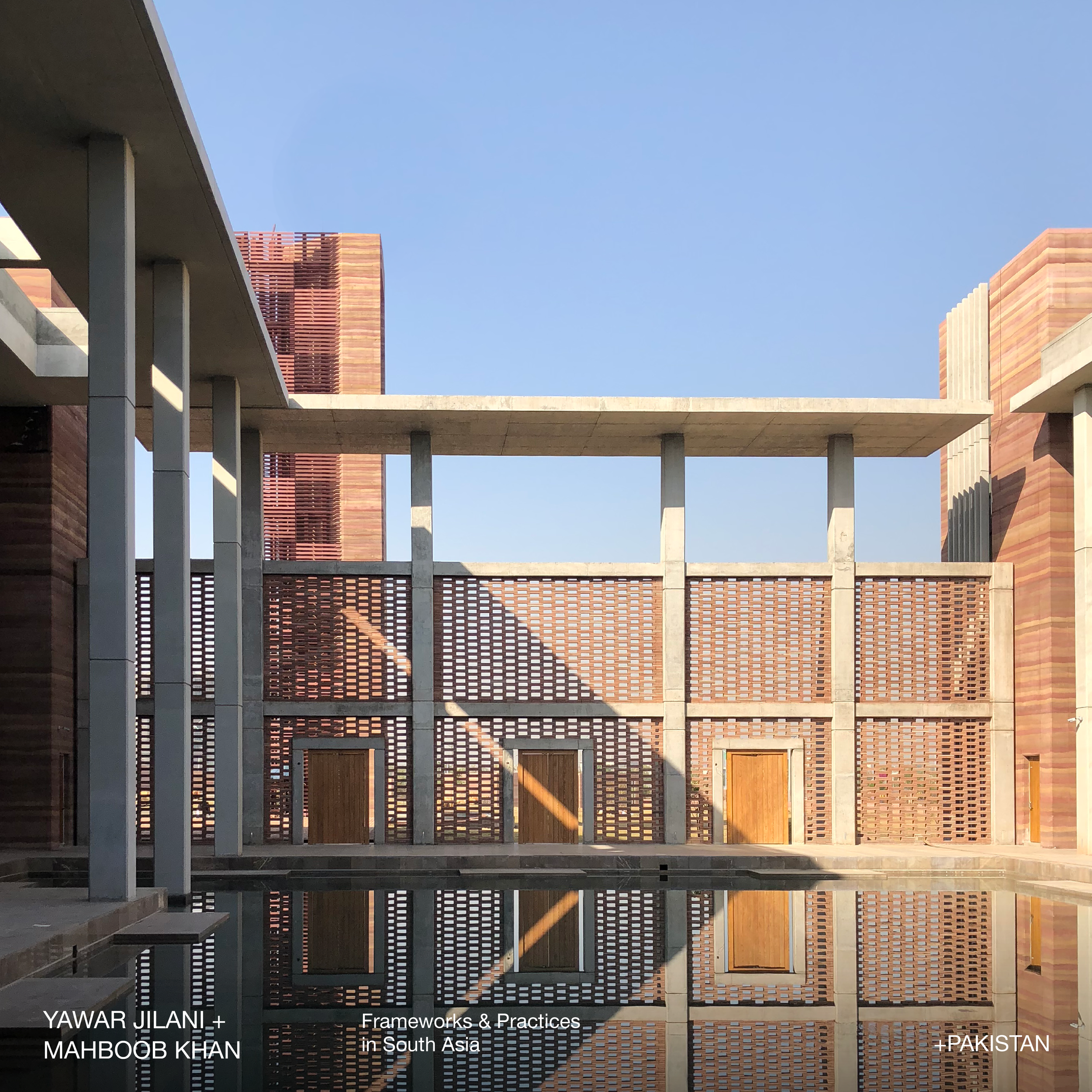
Ambrish Arora is the Founding Principal at Studio Lotus, a multidisciplinary Aga Khan Award-nominated practice that aims to craft spaces addressing the emerging future of work, leisure, and living. The practice’s work is rooted in Conscious Design—an approach that celebrates local resources, cultural influences, keen attention to detail, and an inclusive process that seeks to bring out the best in every stakeholder. His role is largely studio-focused, leading design processes that direct the trajectory of projects. He is deeply involved with assessing benchmarks of innovation and sustainability, including thermal comfort and localisation of materials and process.
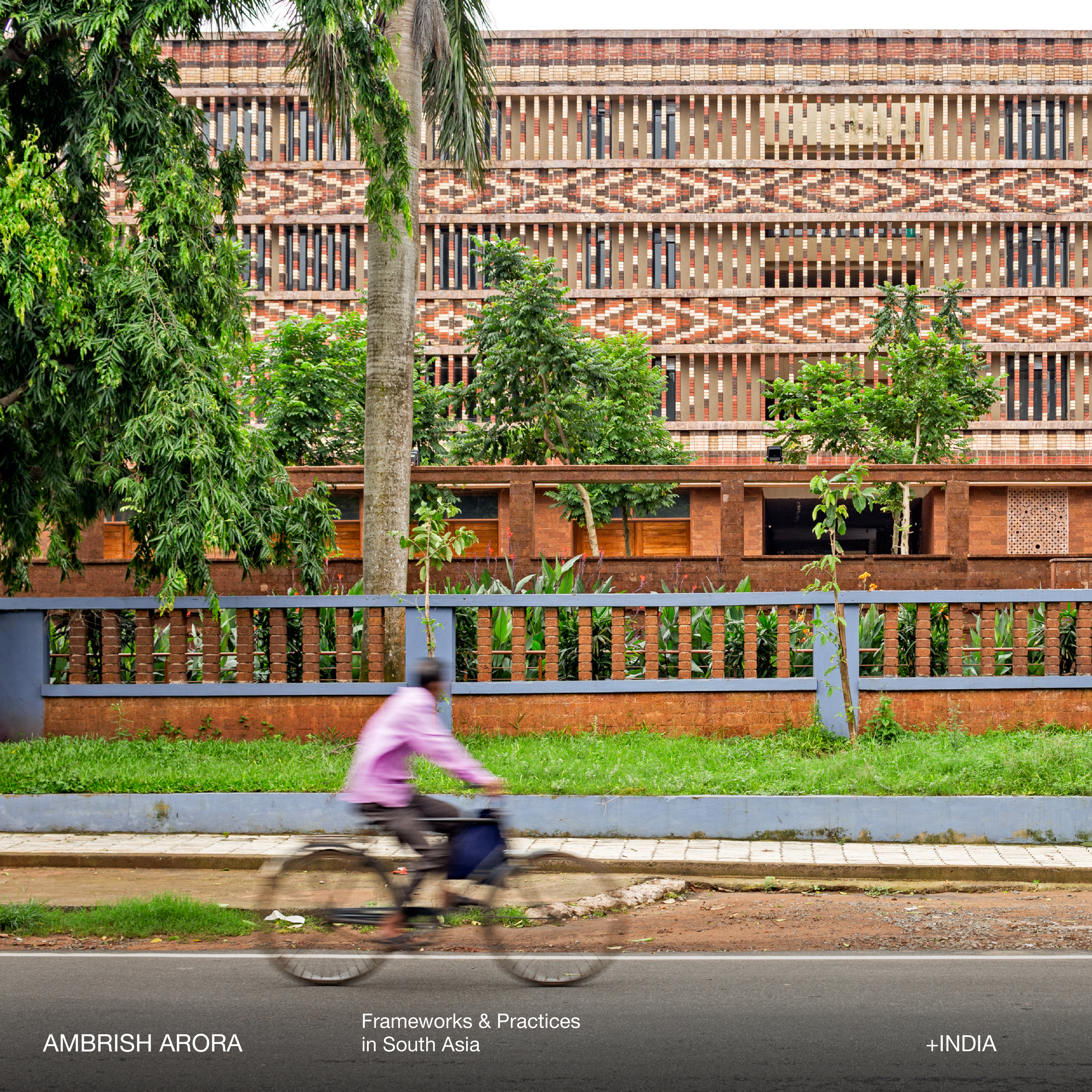
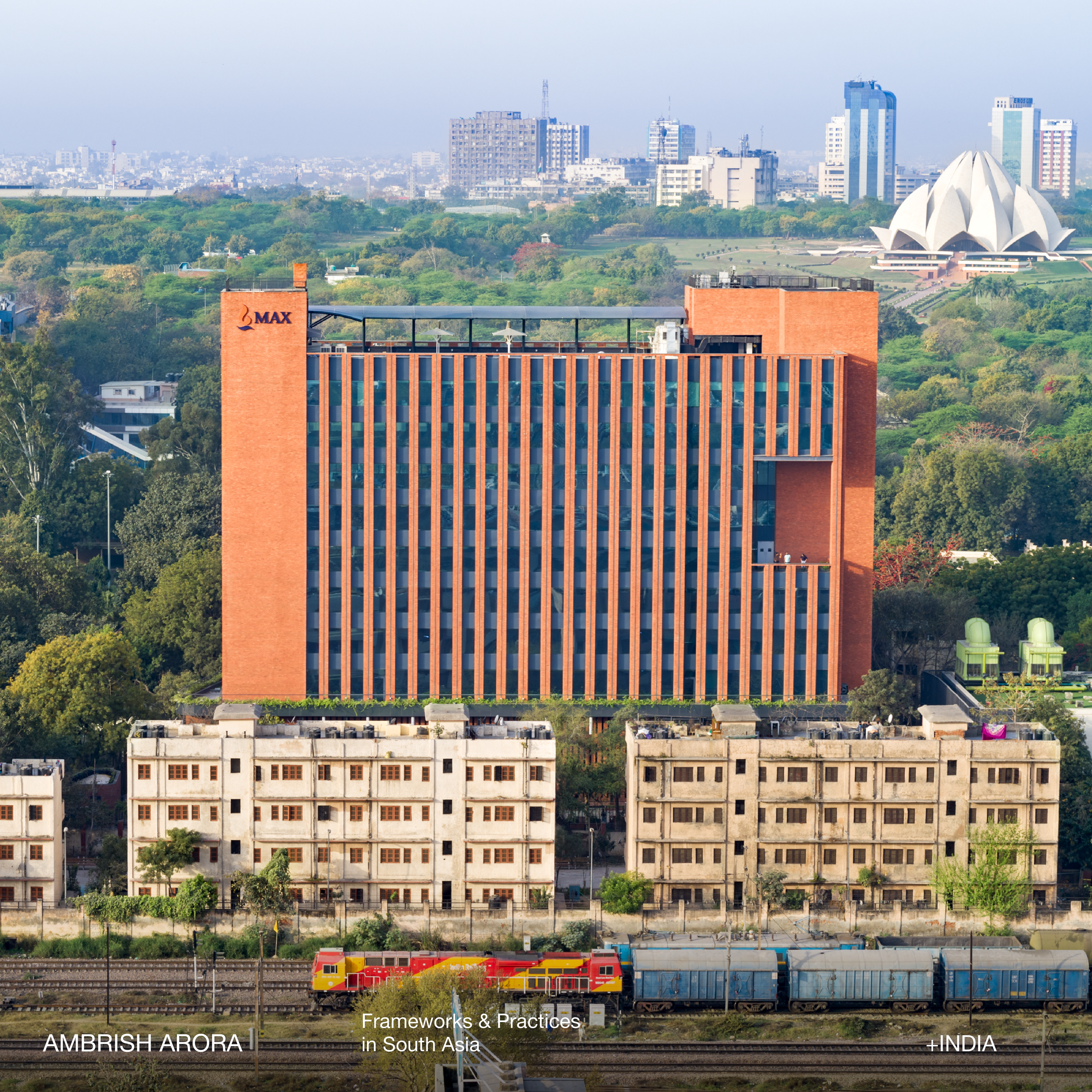

Amila de Mel began her training at art school in Boston, Massachusetts, prior to working in Sri Lanka with C Anjalendran. Later she joined Geoffrey Bawa for five years. An underlining aspect of her work is the idea of reuse, which she believes is a key factor in making built environments sustainable. Amila was former Vice-President of the Board of Habitat for Humanity Sri Lanka, a nonprofit non- governmental organization, where she was devoted to building "simple, decent, and affordable" housing. Amila volunteers with the Geoffrey Bawa Trust in maintaining the late architect’s works. Since 2015, Amila has also been working towards preserving the legacy of Ena de Silva’s craft works.
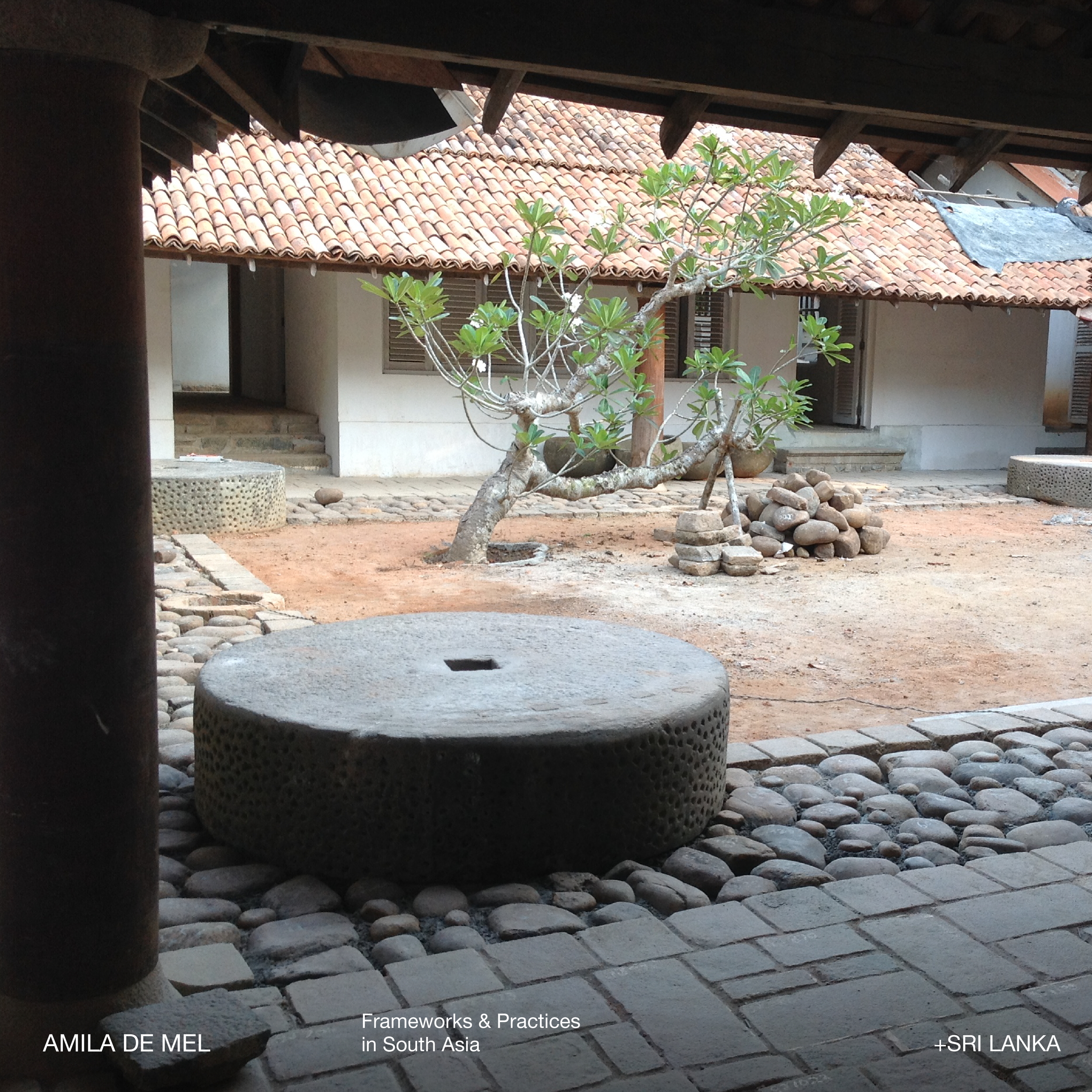
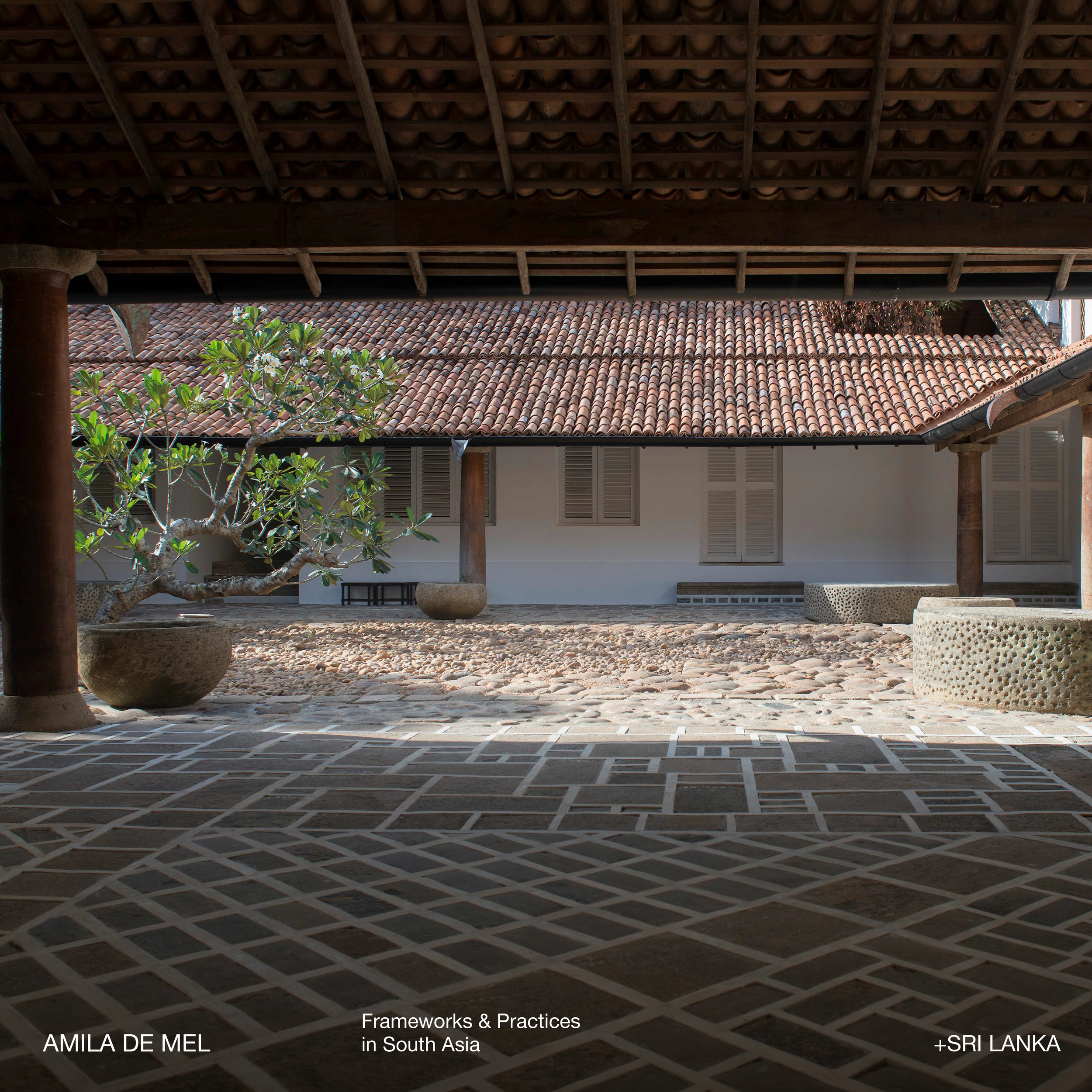

Kashef Chowdhury co-founded the Dhaka based firm URBANA in 1995, leading the practice as solo Principal since 2005. Chowdhury selects his clients and commissions carefully and invests in each work sufficient time and research to arrive at a contextually and socially responsible and appropriate architectural and planning response. Works in the studio vary in size and scale and many have been designed pro bono. Kashef Chowdhury/URBANA’s projects span various typologies, from institutions and public buildings, to culture, education, sports, health, industry, religious, residential and climate-action projects.
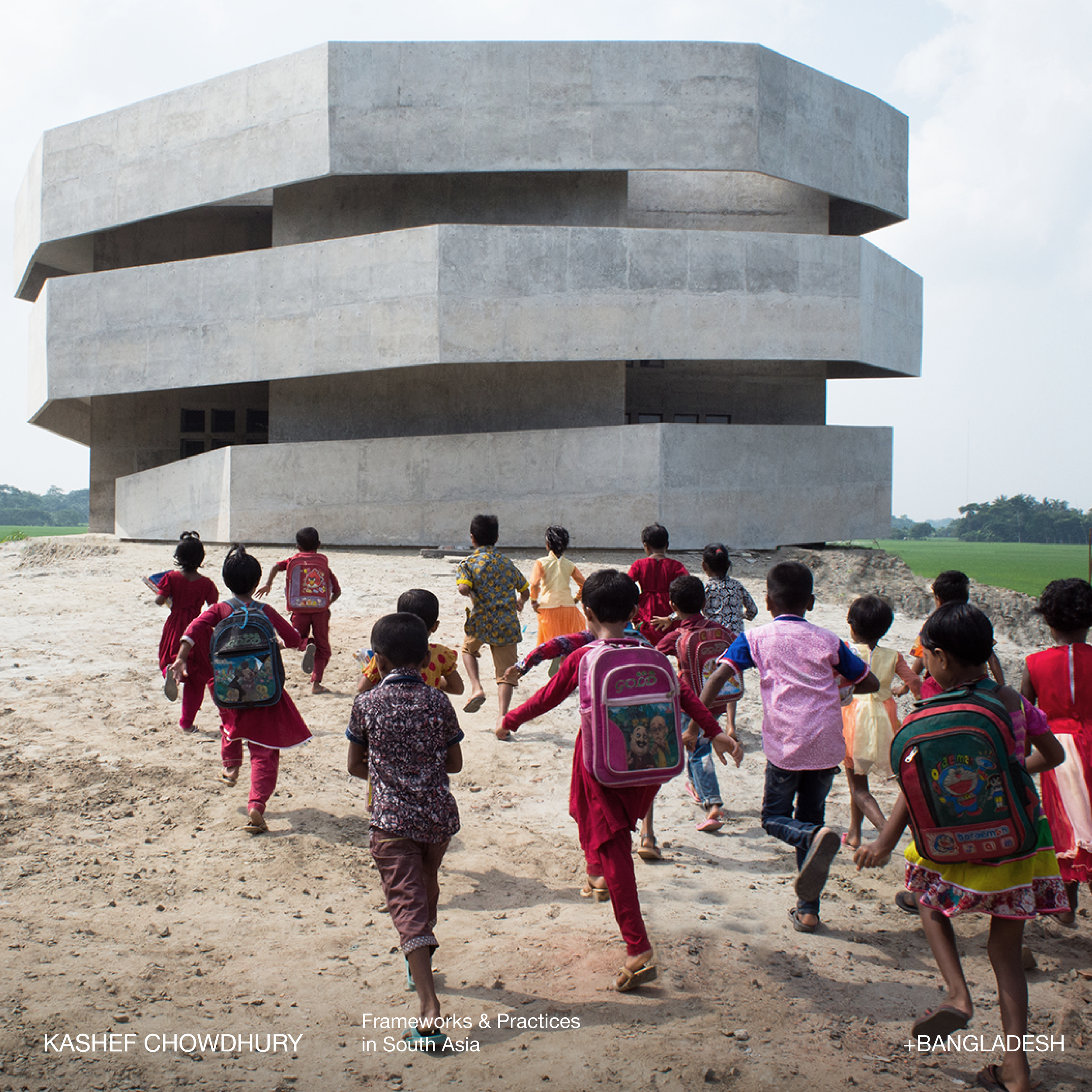

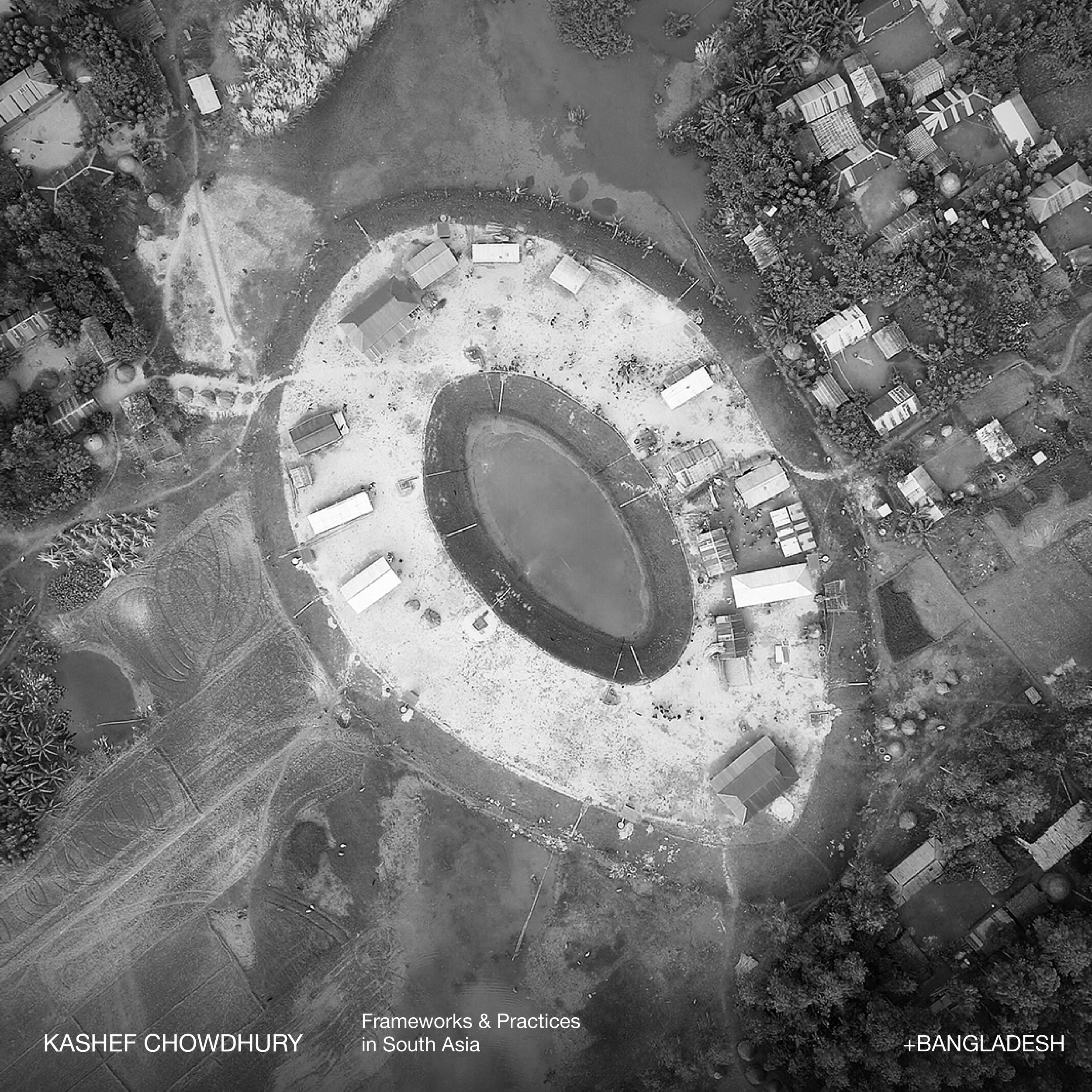
Prof. Pratyush Shankar is presently the provost and the Dean of School of Environmental Design and Architecture, Navrachana University in Vadodara, India. Earlier, he was the Acting Dean of Architecture and head of the Undergraduate Program at CEPT University and has been teaching Urban History and Design for many years. He recently authored the book “Urban Form of India: From the beginning till the 1900’s”, published by Oxford University Press. He also authored the book “Himalayan Cities: Settlement Pattern, Public Places and Architecture” published by Niyogi Publishers. Pratyush runs a design practice along with his academic interest.

